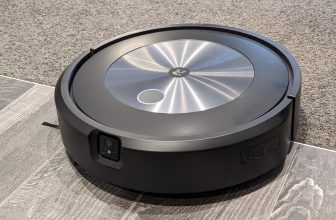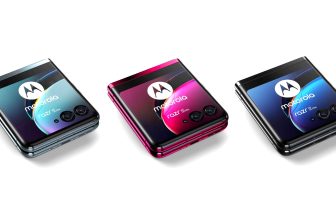
Detailed DJI’s Mavic 3 review
Overview of DJI’s Mavic 3
The DJI Mavic 3 tops the performance charts and is the company’s most powerful folding drone to date. Moreover, the DJI Mavic 3’s new dual camera is undoubtedly its best feature which has two separate sensors and lenses. The main camera’s impressive 20MP Four Thirds CMOS sensor with variable aperture offers the finest image quality in its category. The drone’s second telephoto lens has much fewer capabilities and does not support raw shooting or manual controls, but it can be used occasionally to take pictures of distant objects.
Features and Flight of DJI’s Mavic 3
The Mavic 3 is an agile drone with far better flight reactivity when compared to Mavic 2 predecessors. In this way, it actually resembles the DJI Phantom 4 Pro V2.0 more. While Cine Mode offers decreased control sensitivity and speed for smoother flights and more cinematic film footage, both Normal and Sport Modes simply have considerably more sensitive controls. Flight can be as nimble or quiet as you require. The Mavic 3 could serve as an entry-level drone for beginners due to its sophisticated safety features and the famous Quickshots flight modes.
When Advanced “Return to Home” (RTH) is turned on, the Mavic 3’s safety features include several vision sensors that can detect objects up to 200 meters away. Advanced Pilot Assistance System (APAS) 5.0, which combines six fish-eye sensors and two wide-angle sensors to perceive obstructions in all directions, also provides improved obstacle avoidance. When enabled, you can instruct the drone to maintain continuous flight, brake, or fly autonomously around obstacles when they are detected.
Controller and Design of DJI’s Mavic 3
The Mavic 3’s design is consistent with that of earlier Mavic drones. In other words, when the drone is not in operation, the propeller arms fold inward to make it much smaller as well as more backpack-friendly. They then quickly unfold again when it is time to take off. Despite its darker colour scheme, the Mavic 3 still has the identifiable, iconic Mavic design and construction quality. The Mavic 3 measures 212 x 96.3 x 90.3mm when folded, and 347.5 x 283 x 107.7mm when unfolded. It looks like the Mavic 2 Pro when folded, but when unfolded, it is slightly larger.
At takeoff, the Mavic 3 weighs 899g for the Cine model and 895g for the Standard model. This is amazing considering that the Mavic 3’s battery weighs more and has a capacity of 5,000mAh as opposed to the Mavic 2’s 3,850mAh. Actually, it weighs less than the Mavic 2 Pro (907g). This time, the battery is located in the back of the Mavic 3 rather than the top. The Mavic 3’s longer flying periods are largely due to the battery, but other factors, like more effective motors and propellers and a little lighter drone, also contribute. It offers a top speed of 47 mph / 21 m/s in Sport Mode.
Photo and Video Quality of DJI’s Mavic 3
The Mavic 3’s crowning glory is its twin Hasselblad camera, which features an equivalent focal length of 24mm and a 20MP Four Thirds CMOS sensor. Like the Mavic 2 Pro, this camera has an adjustable f/2.8 to f/11 aperture with auto and manual focus from 1m to infinity. The second camera has a 1/2-inch CMOS sensor with a fixed f/4.4 aperture, a 162mm equivalent focal length, and a 28x hybrid zoom. The overall photo and video image quality produced by the main camera is absolutely great, with just a small loss of clarity at the frame’s edges while viewing stills. However, there is very little fall-off, and you have to seek it. It also far outperforms the fall-off shown in the photographs taken by the DJI Air 2S.
As the Four Thirds sensor is still small in comparison to a full-frame camera, the Mavic 3’s adjustable aperture is more effective for regulating exposure than depth-of-field. However, the option to adjust the aperture is a terrific feature while shooting video as it allows you to quickly alter exposure when the shutter speed must remain at a particular setting. The second Mavic 3 camera has significantly less features and can only capture JPEG images and regular video (not raw) at 4K 30 frames per second. This hybrid camera only has a few limited features and auto shooting, yet it can still see distant landscapes with ease.
If you are searching the best consumer drone available in the market, the DJI Mavic 3 is the right one. So get ready to have a good user experience with this drone due to its additional updates.
Specifications
| Weight | 895g |
| Top flight speed | 21 meters per second |
| Folded size | 212×96.3×90.3mm |
| Main camera resolution | 20-megapixel |
| Internal storage | 8GB |
| MicroSD card expandable storage | 2TB in size |









